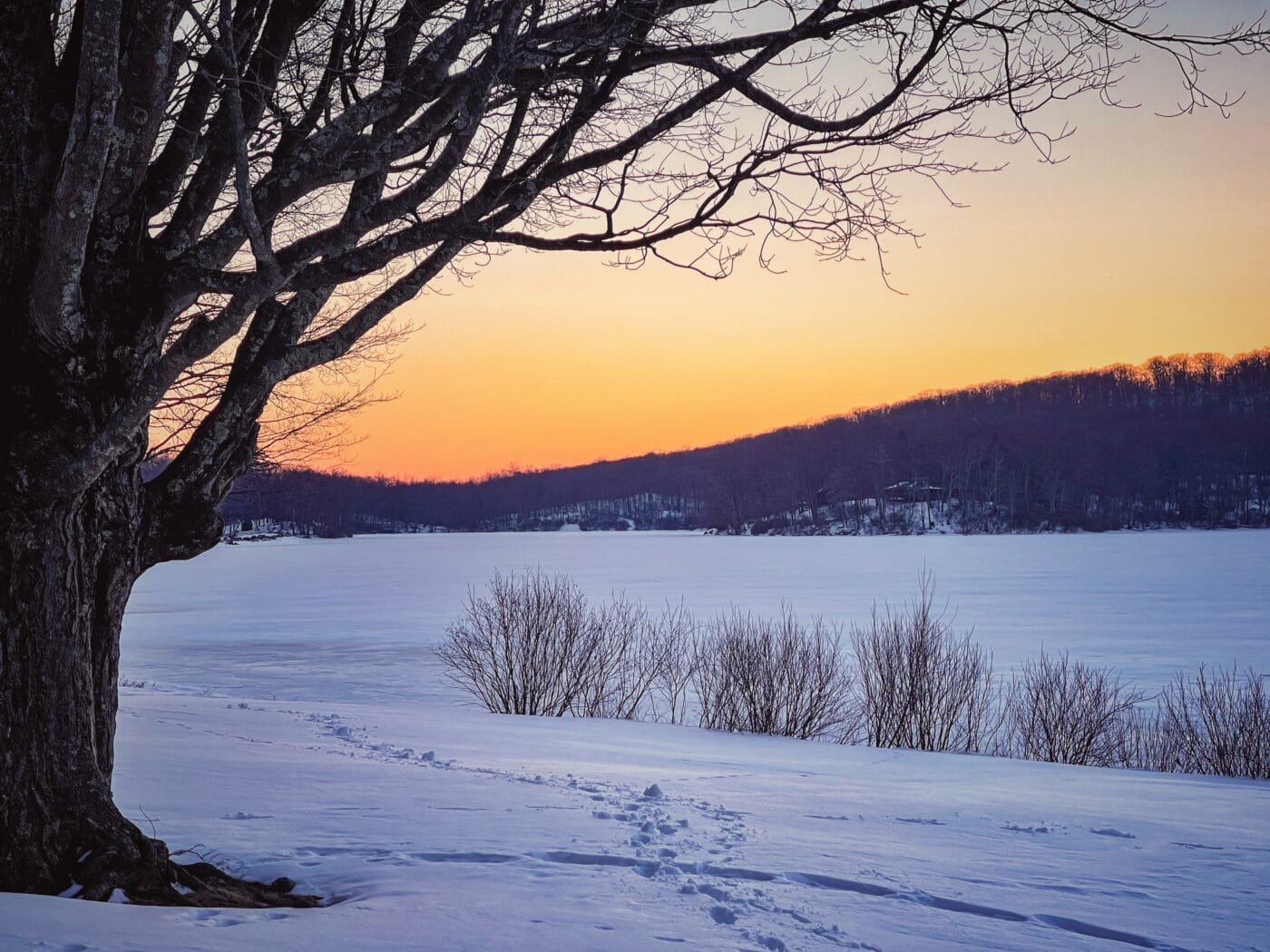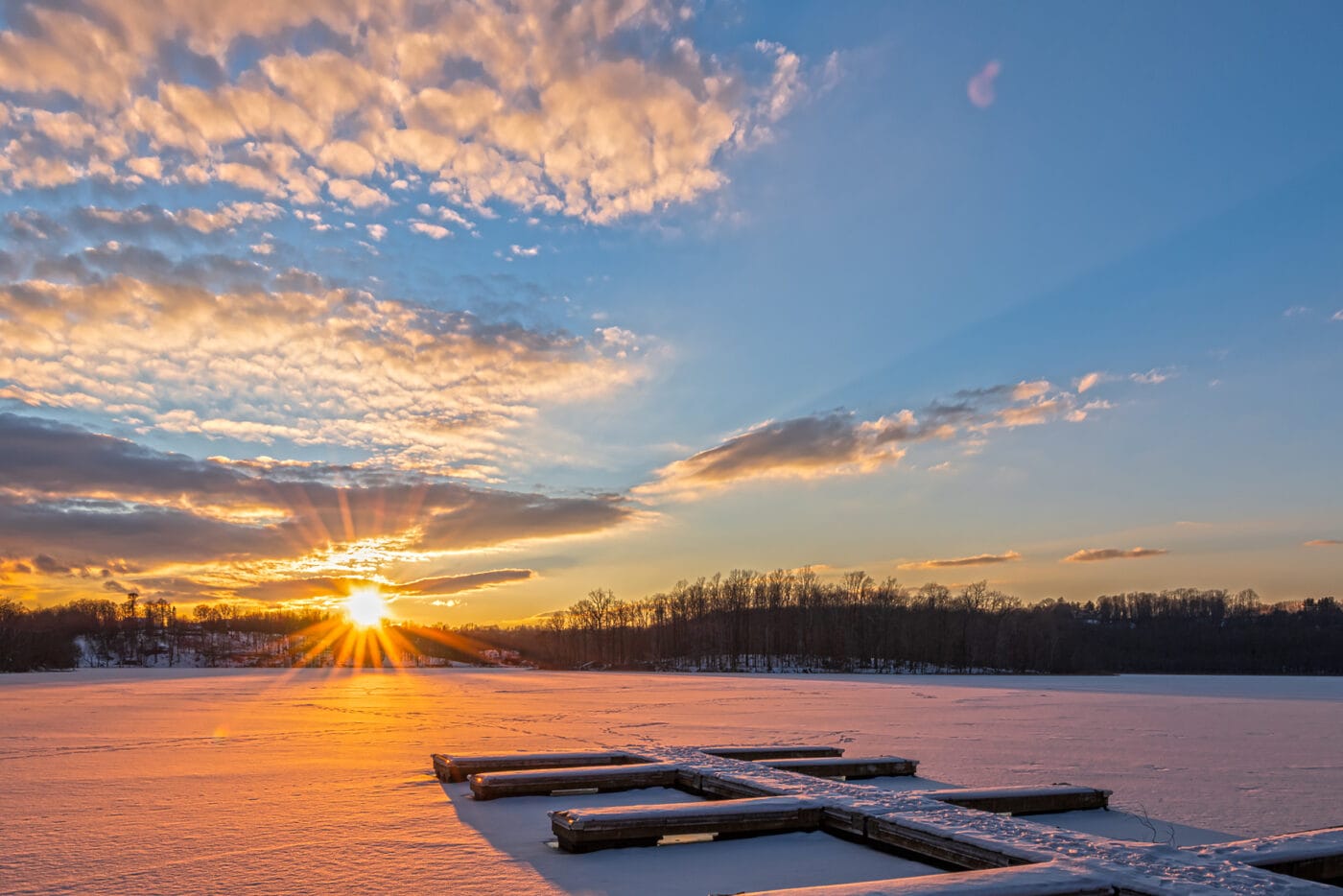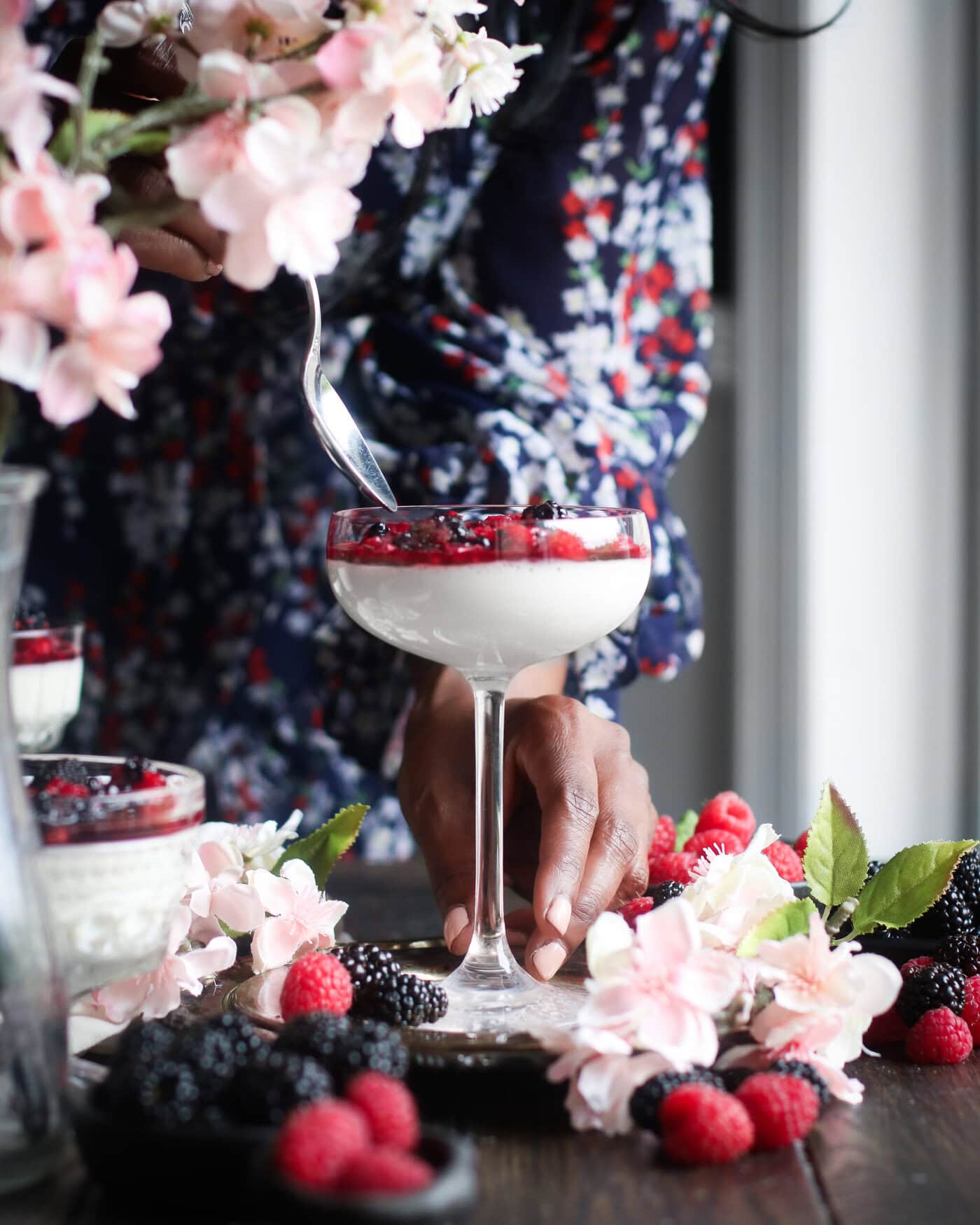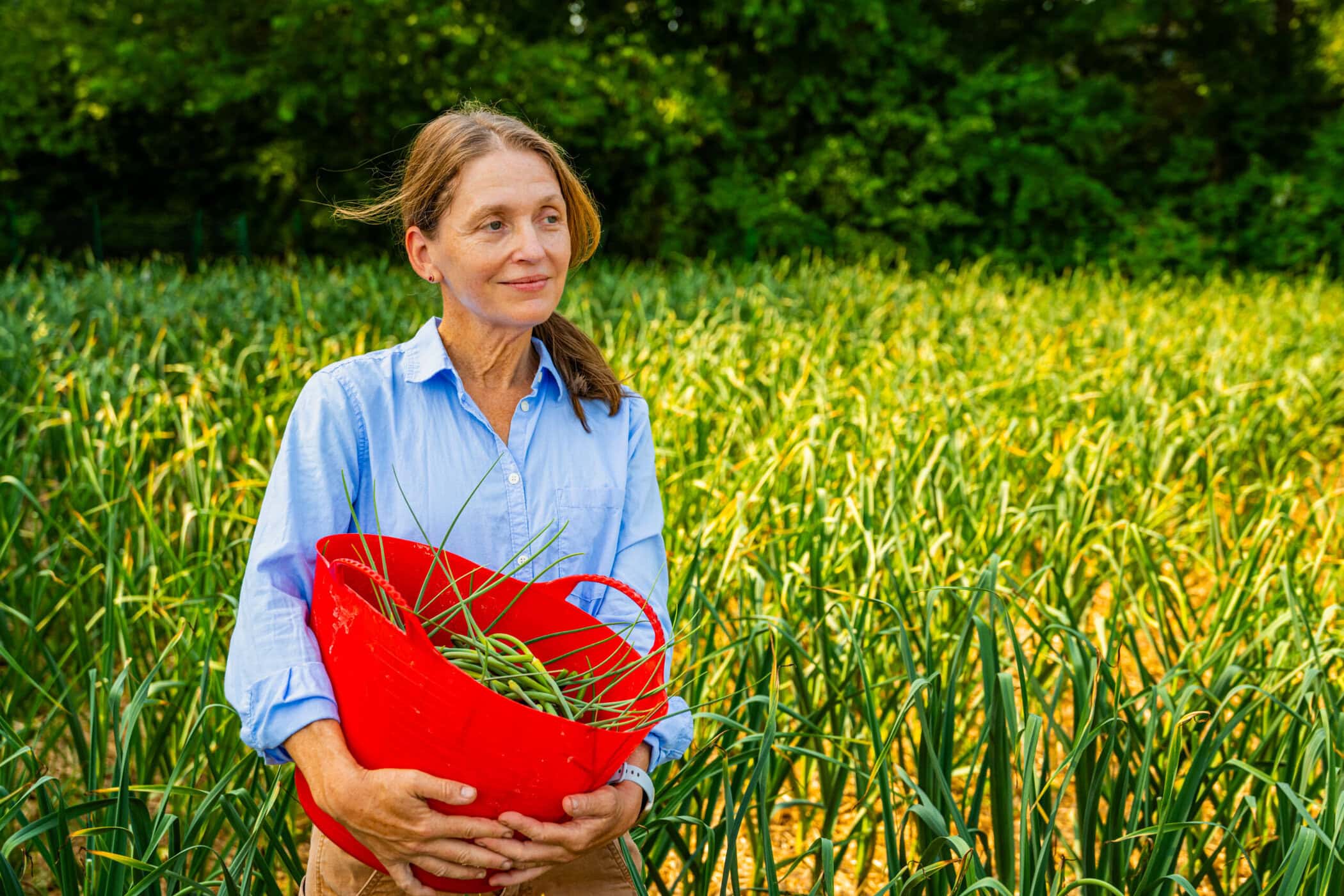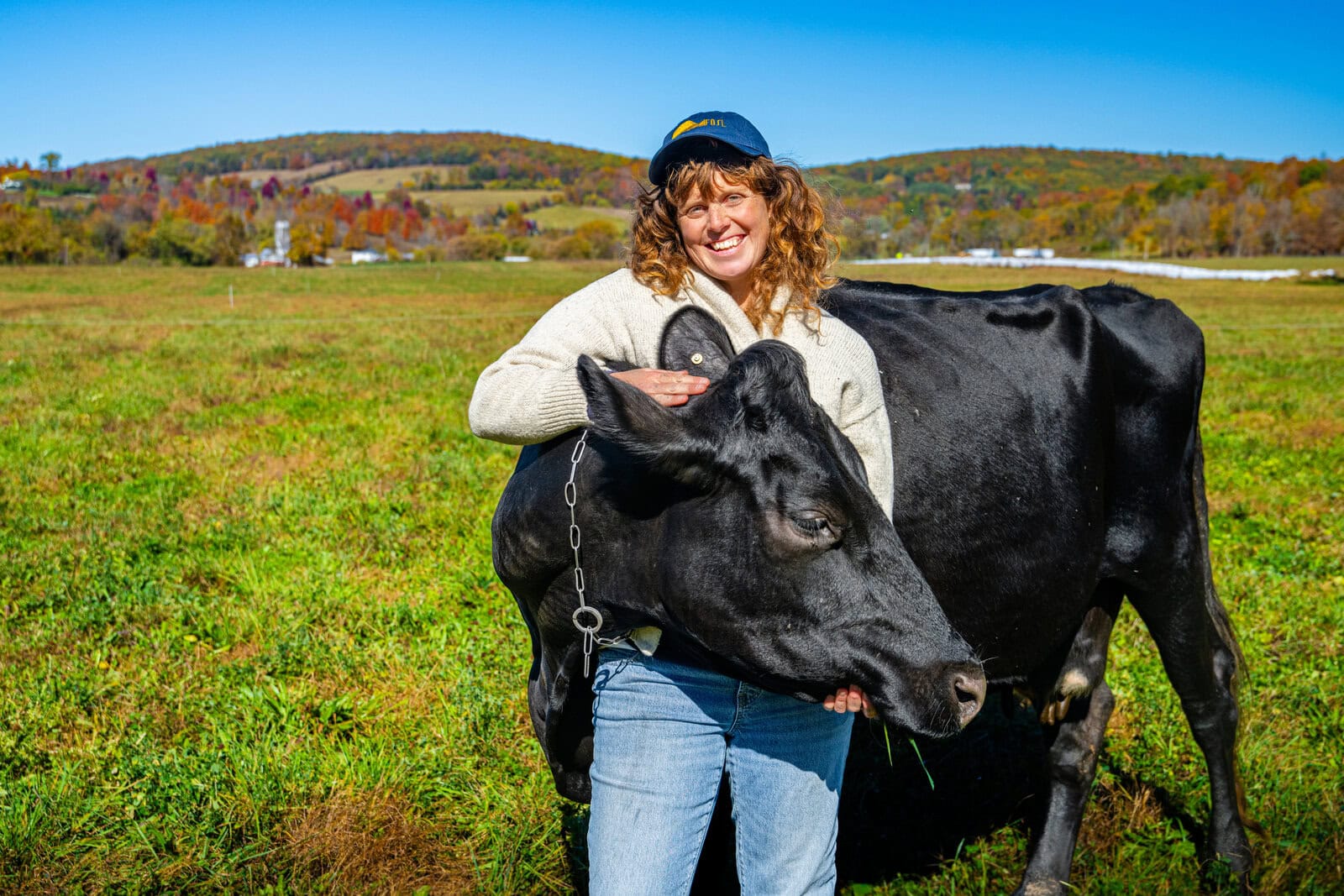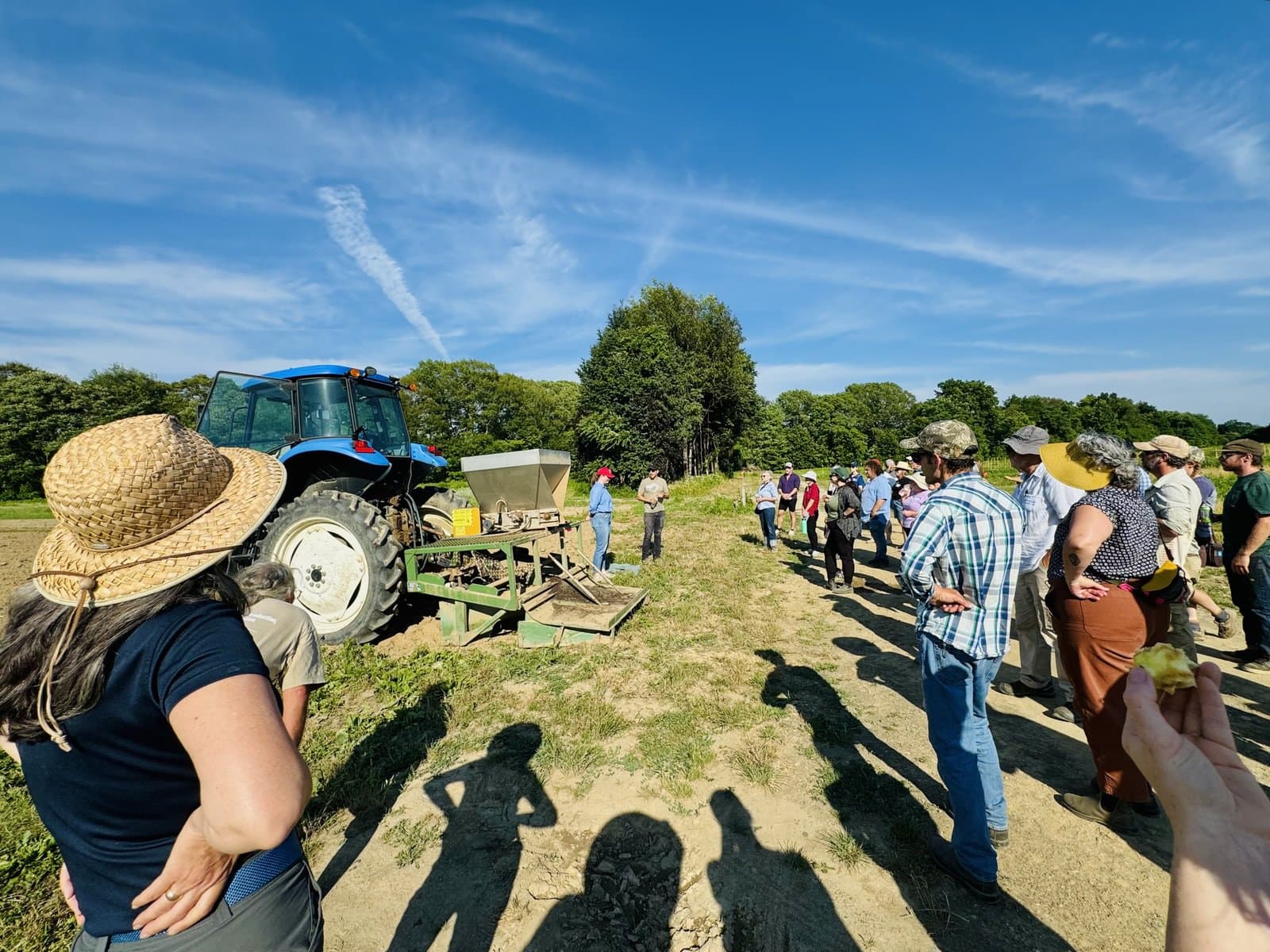On a rainy and foggy morning a few days after Christmas, I met Dave Richardson at a dock on Mohonk Lake, steps from the historic Mohonk Mountain House resort. Richardson is a professor of biology at SUNY New Paltz, and every week he comes to this same spot to measure things like water clarity, temperature, and oxygen levels in the lake at different depths. These qualities can be related to the formation of winter ice on the lake, which he is also monitoring regularly with the help of a trail cam.
On average, winter’s first blanket of ice covers Mohonk Lake by Dec. 26 and lasts about 98 days. We know this from 92 years of continuous lake ice records kept by the Smiley family, who have owned the Mohonk resort and the surrounding property since 1869. Their extensive records on weather conditions led to the establishment of a national weather station on the property in 1896.
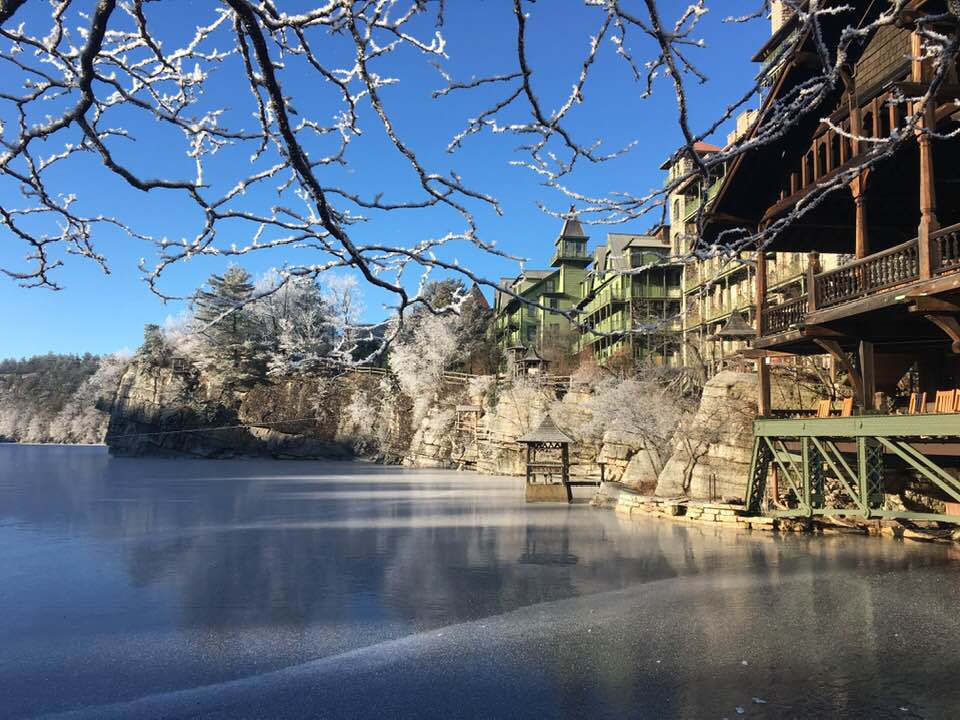
“The Smileys may not have known it at the time, but they were beginning several long-term datasets through their observations,” says Penny Adler-Colvin, community science coordinator with the Mohonk Preserve. She showed me Dan Smiley’s records and reports from decades ago, detailed in his own handwriting with notes on lake ice qualities and related weather conditions.
But on this day in late December 2023, as Richardson drops sensors into the depths of Mohonk Lake and adds his measurements to the lake’s historical record, there is no need for him to use the auger I see stowed away on the dock to drill through any ice. The lake will likely freeze over a bit later this winter than it has in the past. And this is consistent with a concerning trend that Richardson is studying.
“Lakes that typically freeze in the winter are not doing that as much, or the lake ice season is getting shorter and shorter, or we’re having intermittent ice where it freezes and melts.” Richardson says. “At some point there is a limit to that, where the ice season cannot get any shorter and just disappears entirely, and we have experienced that in this region in a number of lakes.”
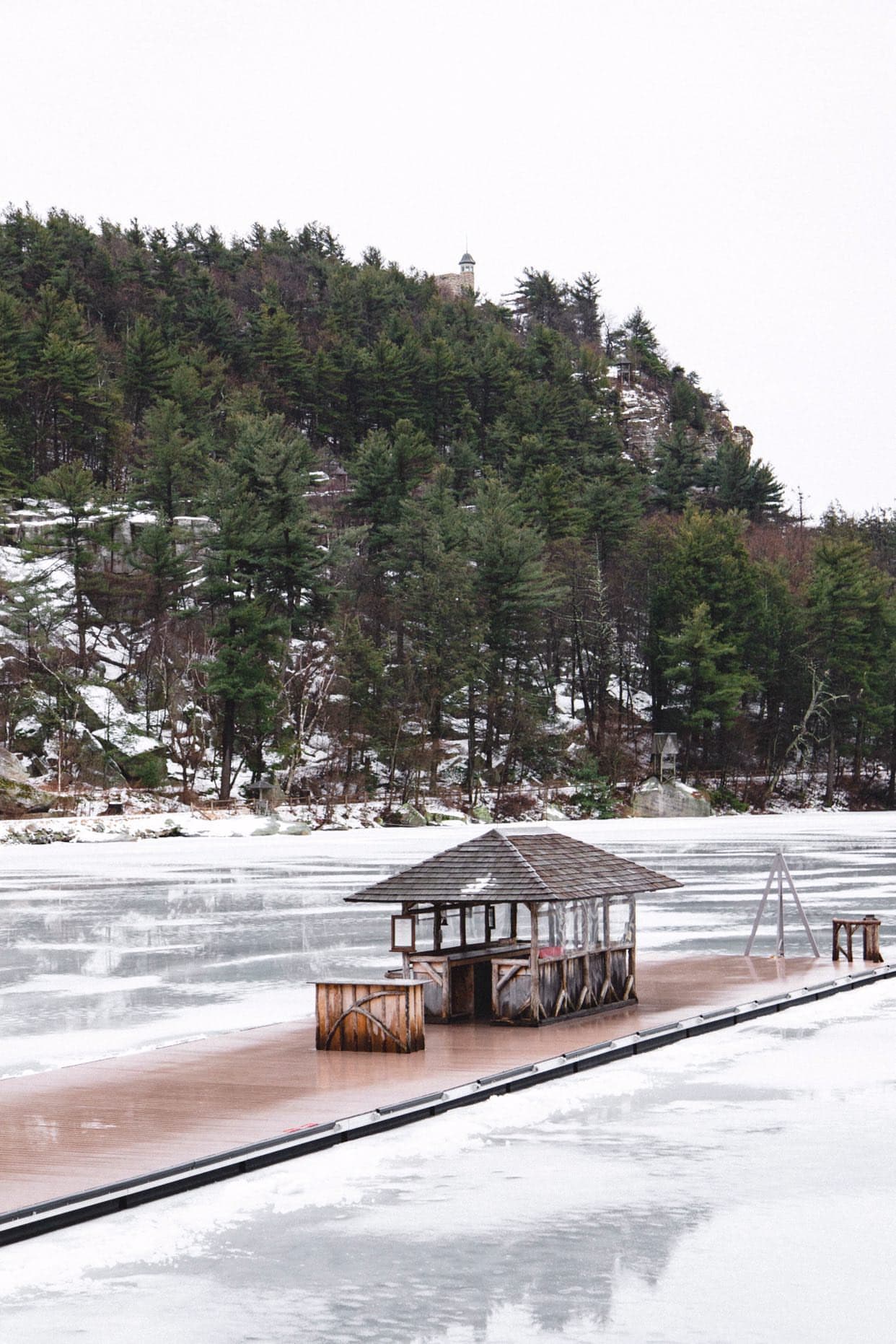
He adds that the historic data from Mohonk Lake is a reliable indicator that we are seeing climate change happen locally in real time. “We might be seeing a shift in lakes that are in New York and Vermont to look more like lakes that are in Missouri and Virginia.”
Richardson is also collecting similar data on Otsego Lake near Cooperstown, and Lake Sunapee in New Hampshire. These both have records on lake ice dating back to the mid-1800s (thanks in part to an old Cooperstown tradition of betting on when the lake ice would melt, according to local legend).
The three lakes that Richardson is studying will be included in a new research project that he is excited to begin. In late 2023, the National Science Foundation awarded Richardson and his collaborators at other universities a $2.5 million grant to investigate the ecological impact of shorter winters in 30 lakes from different climates across North America over a five-year period. With this funding, they will be able to collect more detailed data, especially in the winter, and use that to model ecological effects that can be anticipated in the years to come.
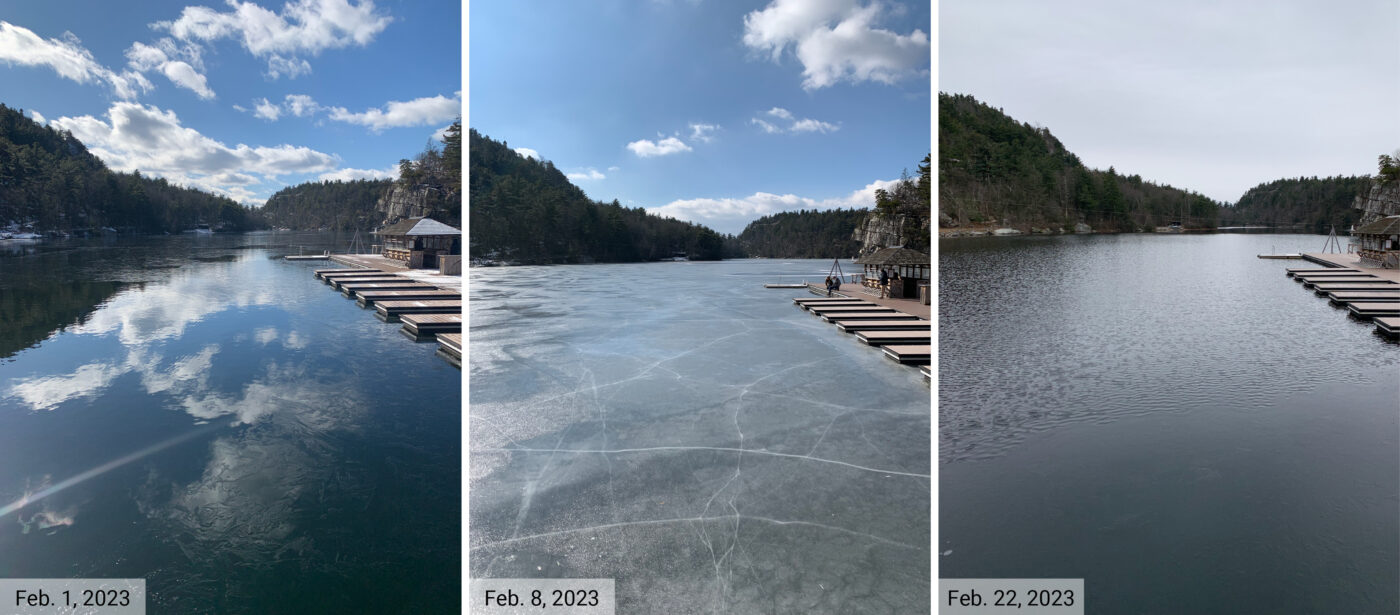
“Our main hypotheses are that as we get winters that are warmer and warmer, that is going to shift the biological communities as well as the physical and chemical functioning of those lakes, and that is going to have ramifications for what is happening in the spring and what’s happening in the summer,” Richardson explains.
This ecological domino effect that spans the seasons is related to a concept known as “stratification,” meaning the separation of warm and cold layers of water in the lake. In the summer, warmer water stays near the lake’s surface and holds more oxygen, nutrients, and life forms — including fish — compared to a colder layer near the lake bottom. Then the layers swap in the winter, when lake ice plays a role in producing a colder layer of water near the surface.
In the spring and the fall, when temperatures are mild, the water fully mixes in the absence of any layers. Lakes in seasonal regions like the Hudson Valley depend on this cycle for a healthy ecological balance.
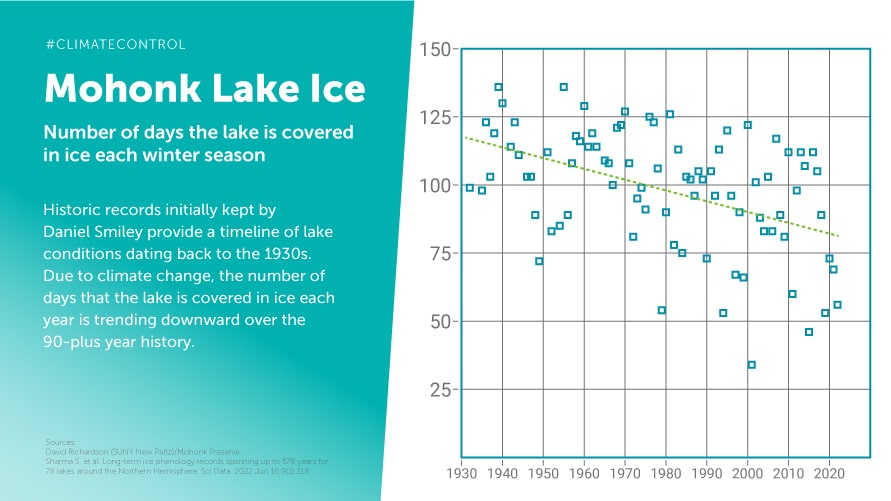
David Strayer, a freshwater ecologist and distinguished senior scientist emeritus with the Cary Institute, explained it this way: “What may have stronger effects on lake ecology than shorter ice cover is the other side of this coin ― a longer period of summer stratification and more stable stratification as lakes warm,” he says. “This is likely to affect everything from phytoplankton and nutrient cycling to fish.”
Cyanobacteria, also known as blue-green algae, are a type of phytoplankton that can make lake water unsafe for swimming and toxic for animals to drink. This happens when excessive blooms of the algae occur in the summer because of nutrient imbalances. A big aspect of Richardson’s research is looking at how these harmful algal blooms are also related to shorter winters and less lake ice in the Hudson Valley and beyond.
As I watch Richardson finish his measurements on the lake, our conversation meandered to the topic of acid rain and the devastating effect it had on fish populations in Mohonk Lake many years ago. Richardson recalled how native fish found a way to return to the lake as the causes of acid rain were abated. Regarding climate change, it’s a hopeful reminder that nature often has the capacity to heal when we find more sustainable ways of living.
